This week, several dozen of my colleagues and I are attending the spring meeting of the Builders Hardware Manufacturers Association (BHMA), in Nashville, Tennessee. I’ve noticed a few interesting door openings around the hotel where the meetings are being held, and these doors in particular illustrated something I hadn’t really thought about before.
Do you see what I see?
How about now?
Look where the fire door labels are on these taller-than-normal doors:
This made me wonder…I’ve heard that the label must be installed below the top hinge, but that wouldn’t make sense in this case – the labels can not be read when they are attached at this height. NFPA 80 requires labels to be clearly visible and legible, but the standard is not specific about the label location.
The Steelcraft and Republic fire door listing procedures show that the label is installed “on the hinge stile, approximately one-third of the way down from the top, or on the top rail.” Interesting. Wouldn’t it make more sense to require the label to be installed a certain distance up from the bottom of the frame/floor, rather than measuring the distance down from the top?
I noticed something else about these fire doors…can you see it (besides the door wedge)?
These doors have vertical rod fire exit hardware, without the bottom rods and latches (AKA LBR). Typically with the LBR application, an auxiliary fire pin must be installed, and it is missing on these doors. The pin projects during a fire to keep the doors aligned and help to deter the spread of smoke and flames. You can see what the pin looks like in this Decoded article.
You need to login or register to bookmark/favorite this content.


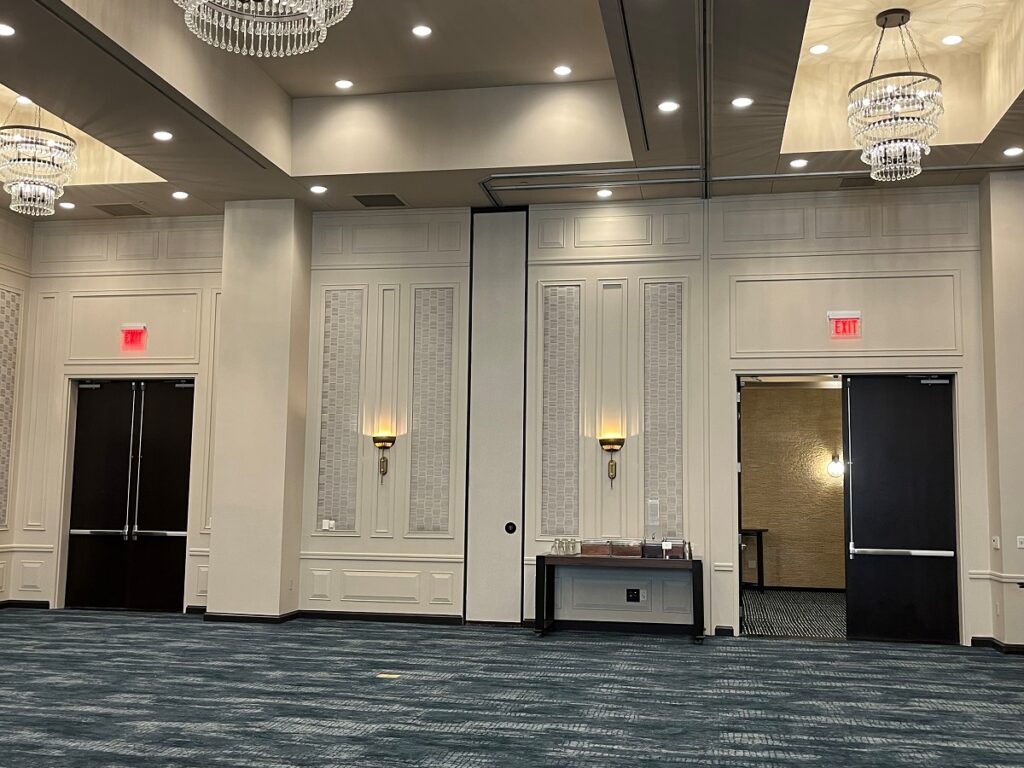
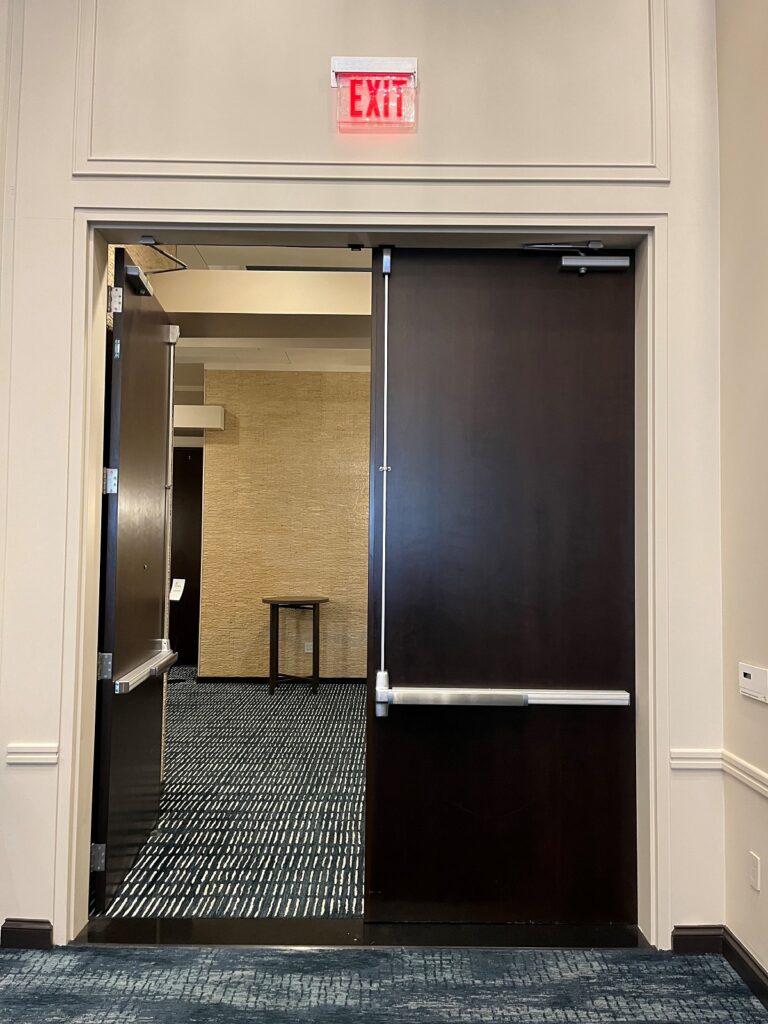
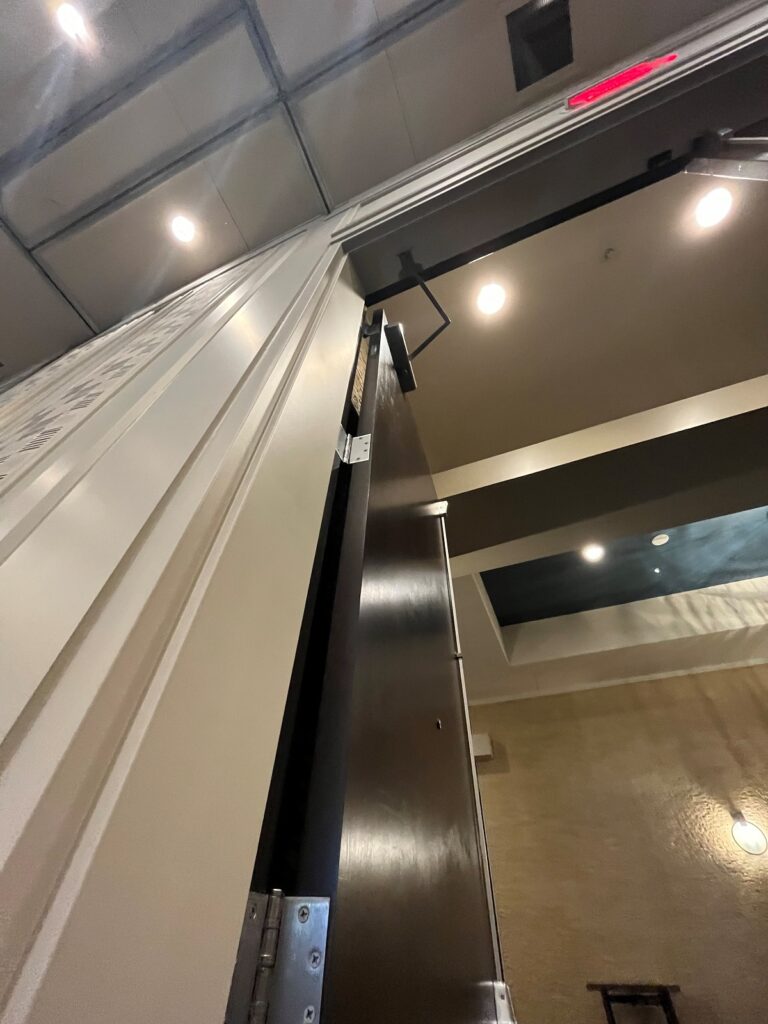
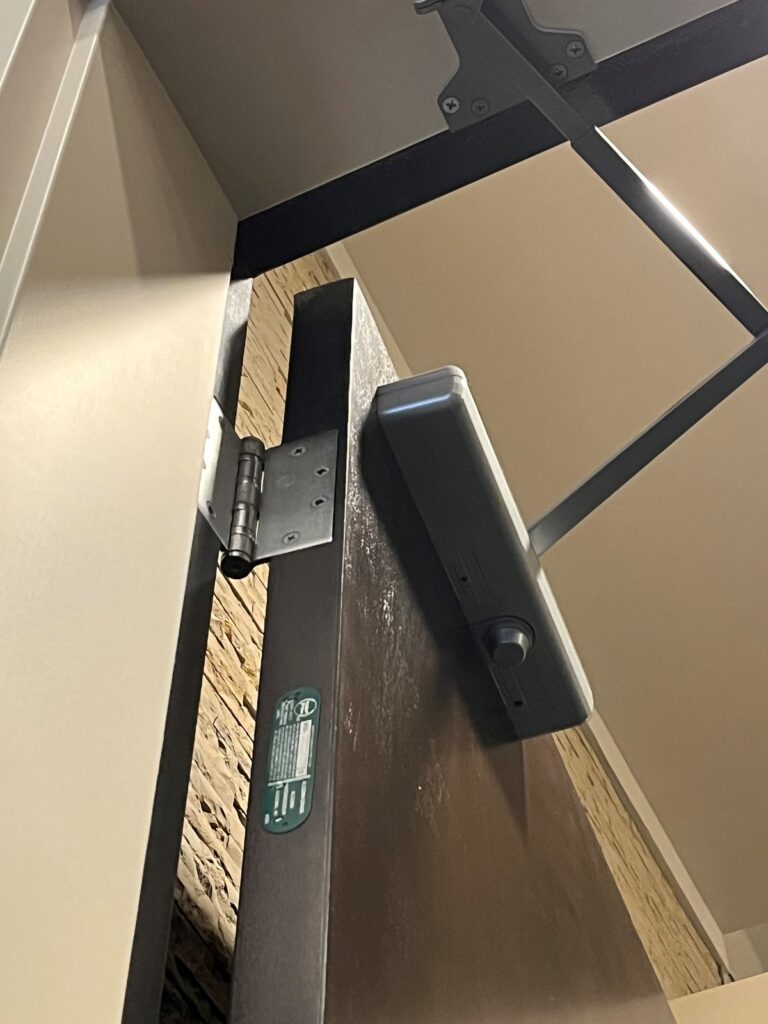

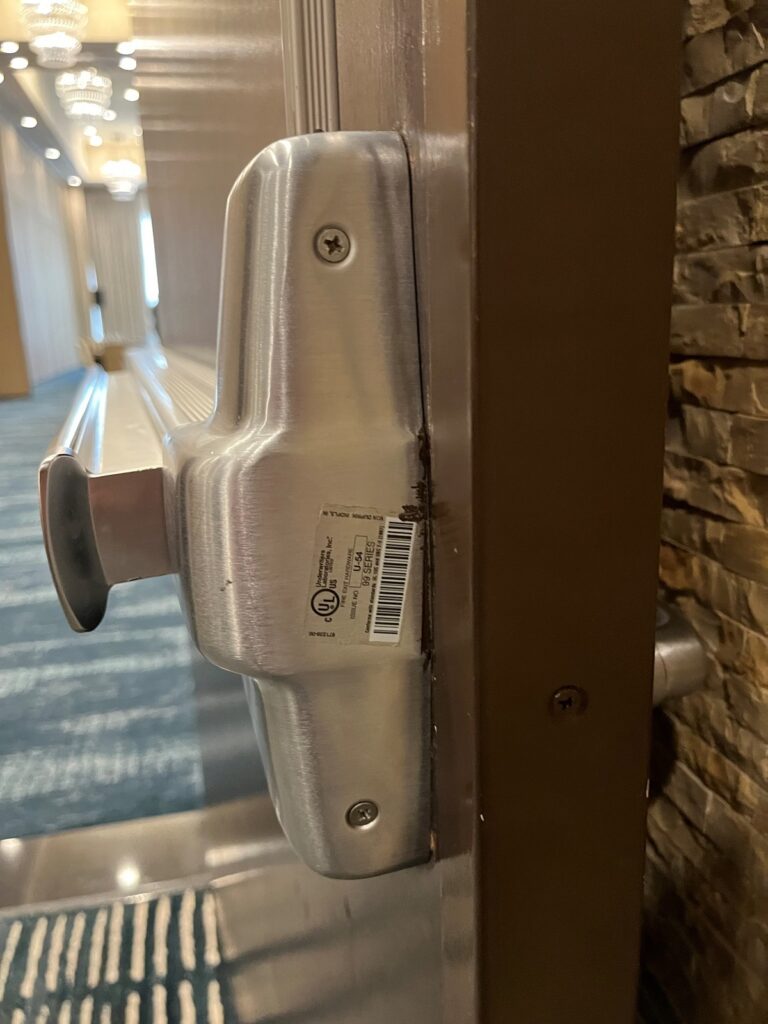
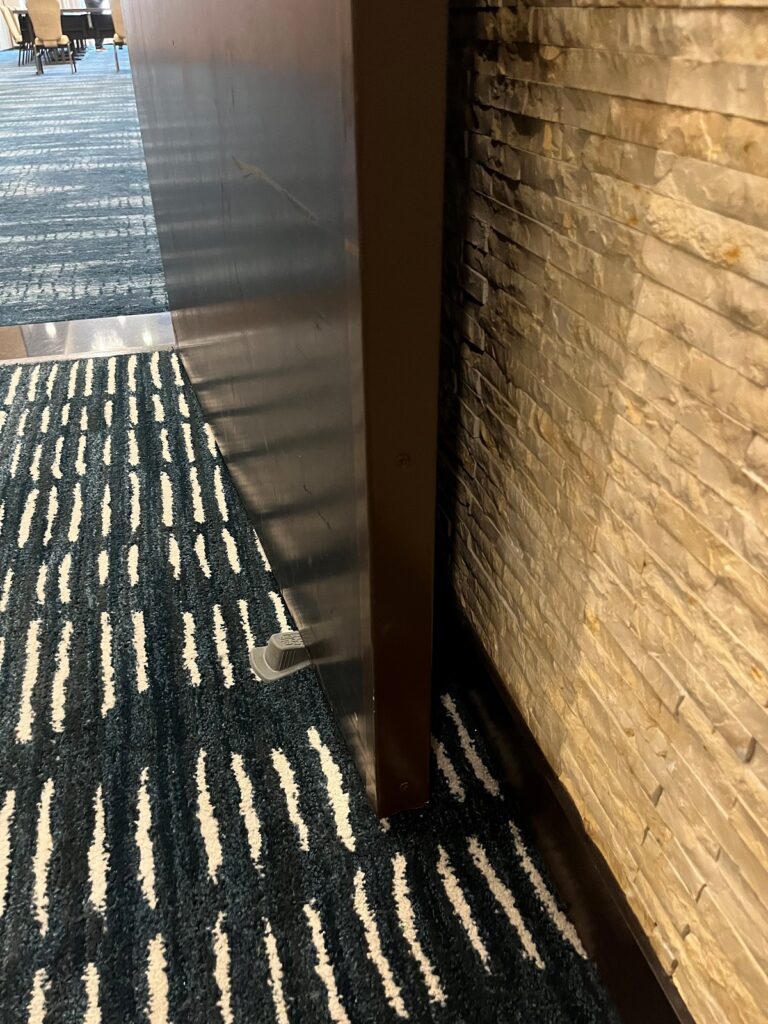

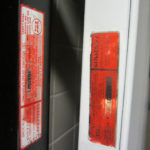
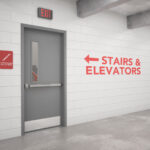
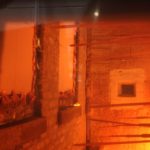




I guess I am use to looking up first, for a label, and than on top of the door.
So unless contrasting color, may miss it , at first, if mounted low.
Plus,,, why is the person looking for the label???
Just to check the rating?
Or
For full door and frame inspection???
https://idighardware.com/2017/04/fire-door-inspection-checklist/
If full inspection, seems they would need a ladder, even for 7 foot doors?
I found the 2017 inspection checklist
Is the fire pin on it or newer checklist?
At least you do not have to carry training props with you, just find some doors on property..
These doors were to be installed with the bottom rods. If you look closely at the top latch, it does not look like the 499F interlocking strike that is to be used with LBR function. Also, some wood door manufacturers claim they passes the fire test without the fire pin. I have asked for, and never received documentation from one manufacturer stating that.
The dreaded wedge.
It looks like the doors have metal meeting edges so It’s possible that the doors were prepped but no one prepped the edges – and the installer ignored them. Oops. And I think labels should be located between 5 feet and 6 feet off the floor (allowing for hinge avoidance). It’s a lot easier for a basketball player to lean down than a jockey to find a stepstool.
“NFPA 80 requires labels to be clearly visible and legible”. There is nothing in the code that says you won’t need a ladder or a camera with a good zoom in order to actually read the info on the tag. Having the door tags above the center hinge does mean that they are less likely to get damaged by carts or materials being moved through an opening. Our campus has a lot of older doors with the tags on the top style. Until they get over 7′ I can usually hold my cell phone high enough to get a picture of the info so I can read it.
The missing Fire Pin is an issue I’m constantly chasing on new projects. They get missed or the installer doesn’t understand what they are. I know I’ve done some research and I thought there were limits in door size that would still allow LBR to even be used. Maybe that only applied to wooden doors and not hollow metal.
Lori,
These doors would also appear to require 499F strike instead of 299F that is installed. That configuration would also require the strike hook to be installed on the doors, which on wood or composite doors would need to be fastened with through bolts to be compliant with the template/installation instructions for that product. I wonder if these devices were supplied with bottom rods that were just not installed, since LBR’s for a double door opening would have come with 2 ea 499F strikes and one fire pin set per pair. They also have stronger springs in the mechanism since they don’t have the weight of the bottom rods and latch to help the upper latch move upward to latch properly. With tall doors like these, a quick pull on the outside handle when closed will often deflect the door enough to pop the latch over the strike if the 499F is not used or if the hook is not install on the door. This is a very common deficiency found in the field, and it degrades security as well as fire protection when improperly installed.
Dale Long
AS an installer………I’ve had to drill out both wood and HM door leafs, 6 inches up from the bottom and install Fire Pins, as some times this item gets missed with the pre-machined door leafs from the factory/supplier.
This should have been “caught” on finial smoke/fire inspection. Or maybe will be addressed on a yearly inspection?
Most all hardware manufactures include a fire pin with each LBR surface/concealed hardware sets now.
Question I have on this pair, is the door closer efficient on the size of these door leafs? Should it be the next size up?
Your thought on the Fire Label, Yes, most are installed near the top like shown. Similar to the question you had with continuous hinges, and the label on the top of the door leaf, might be a inconvenience for a quick look, but in place as needed/required.